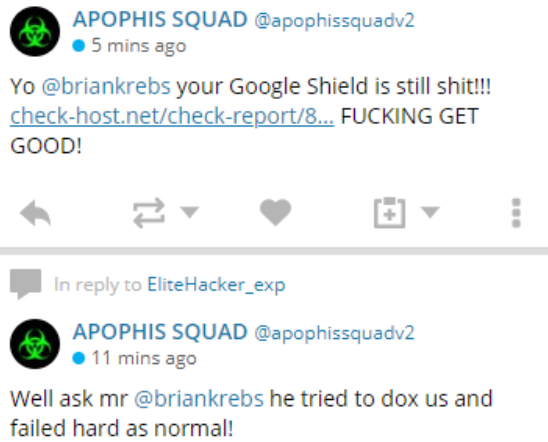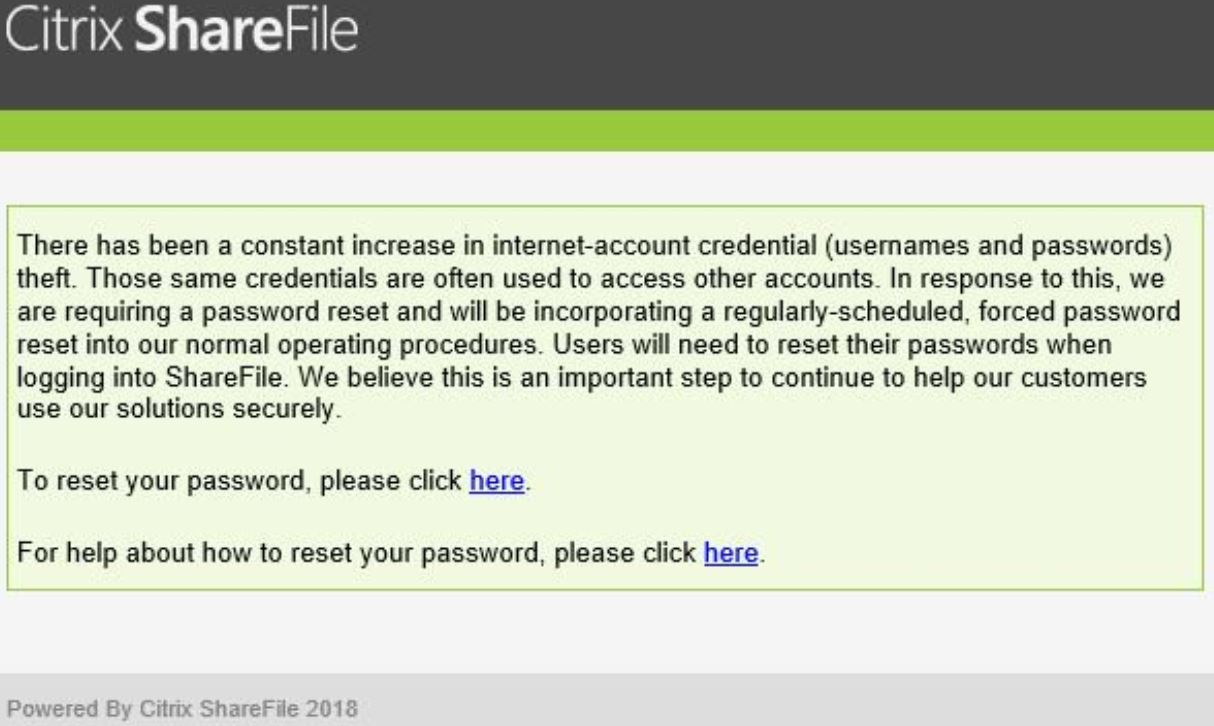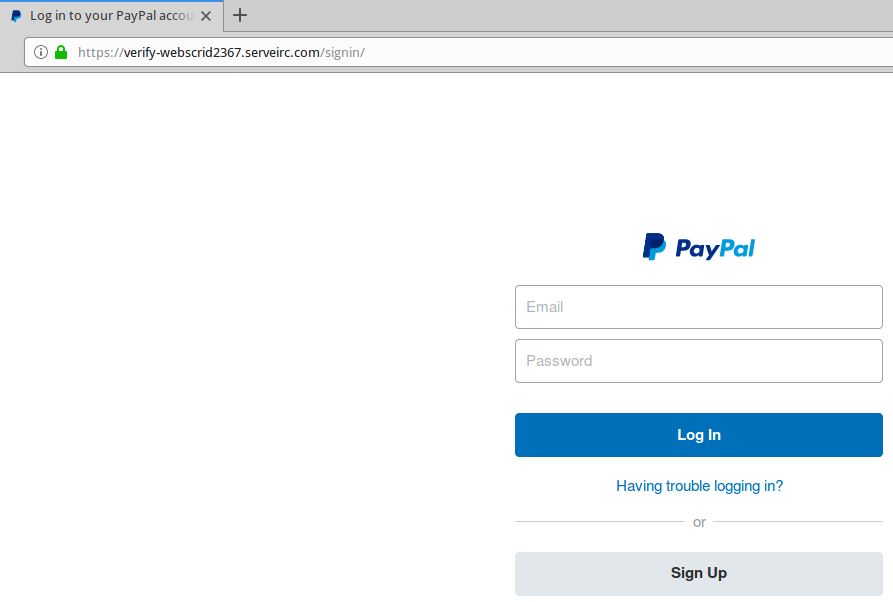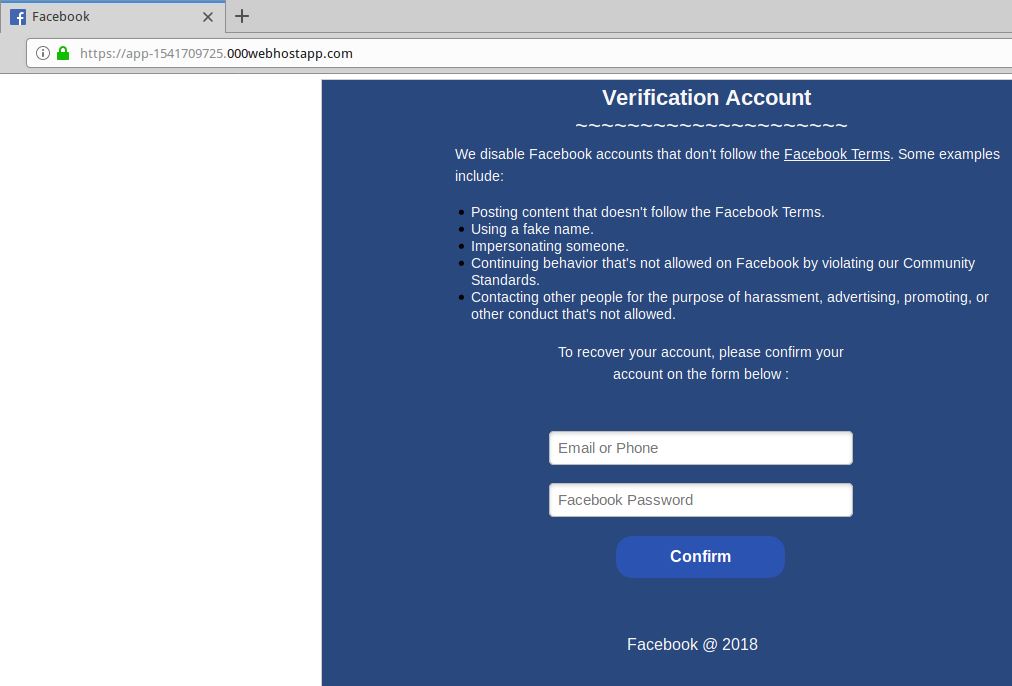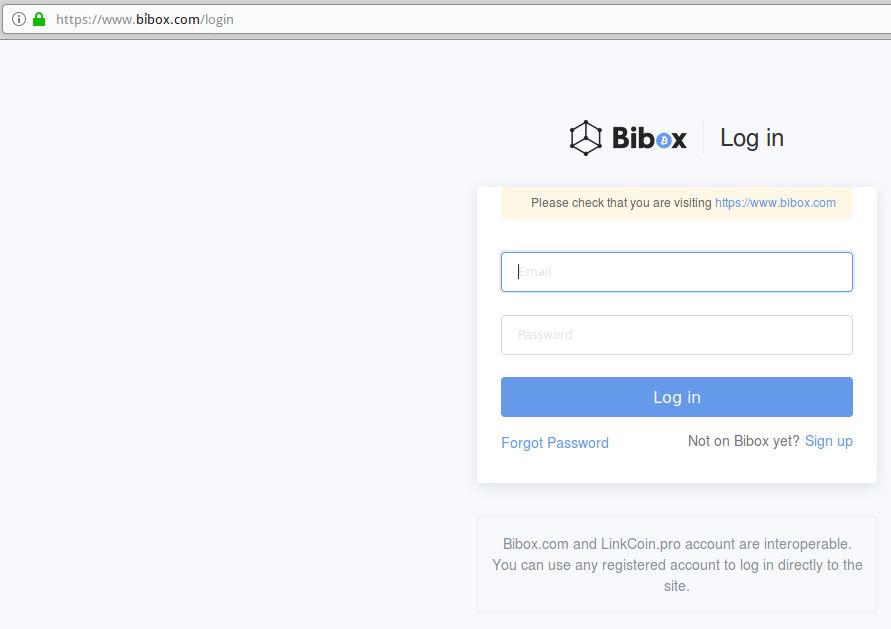U.S. Postal Service just fixed a security weakness that allowed anyone who has an account at usps.com to view account details for some 60 million other users, and in some cases to modify account details on their behalf.

Image: USPS.com
KrebsOnSecurity was contacted last week by a researcher who discovered the problem, but who asked to remain anonymous. The researcher said he informed the USPS about his finding more than a year ago yet never received a response. After confirming his findings, this author contacted the USPS, which promptly addressed the issue.
The problem stemmed from an authentication weakness in a USPS Web component known as an “application program interface,” or API — basically, a set of tools defining how various parts of an online application such as databases and Web pages should interact with one another.
The API in question was tied to a Postal Service initiative called “Informed Visibility,” which according to the USPS is designed to let businesses, advertisers and other bulk mail senders “make better business decisions by providing them with access to near real-time tracking data” about mail campaigns and packages.
In addition to exposing near real-time data about packages and mail being sent by USPS commercial customers, the flaw let any logged-in usps.com user query the system for account details belonging to any other users, such as email address, username, user ID, account number, street address, phone number, authorized users, mailing campaign data and other information.
Many of the API’s features accepted “wildcard” search parameters, meaning they could be made to return all records for a given data set without the need to search for specific terms. No special hacking tools were needed to pull this data, other than knowledge of how to view and modify data elements processed by a regular Web browser like Chrome or Firefox.

A USPS brochure advertising the features and benefits of Informed Visibility.
In cases where multiple accounts shared a common data element — such as a street address — using the API to search for one specific data element often brought up multiple records. For example, a search on the email addresses for readers who volunteered to help with this research turned up multiple accounts when those users had more than one user signed up at the same physical address.
“This is not good,” said one anonymous reader who volunteered to help with this research, after viewing a cut-and-paste of his USPS account details looked up via his email address. “Especially since we moved due to being threatened by a neighbor.”
Nicholas Weaver, a researcher at the International Computer Science Institute and lecturer at UC Berkeley, said the API should have validated that the account making the request had permission to read the data requested.
“This is not even Information Security 101, this is Information Security 1, which is to implement access control,” Weaver said. “It seems like the only access control they had in place was that you were logged in at all. And if you can access other peoples’ data because they aren’t enforcing access controls on reading that data, it’s catastrophically bad and I’m willing to bet they’re not enforcing controls on writing to that data as well.”
A cursory review by KrebsOnSecurity indicates the promiscuous API let any user request account changes for any other user, such as email address, phone number or other key details.
Fortunately, the USPS appears to have included a validation step to prevent unauthorized changes — at least with some data fields. Attempts to modify the email address associated with my USPS account via the API prompted a confirmation message sent to the email address tied to that account (which required clicking a link in the email to complete the change).
It does not appear USPS account passwords were exposed via this API, although KrebsOnSecurity conducted only a very brief and limited review of the API’s rather broad functionality before reporting the issue to the USPS. The API at issue resides here; a copy of the API prior to its modification on Nov. 20 by the USPS is available here as a text file. Continue reading →
 At least nine of the bugs in the Microsoft patches address flaws the company deems “critical,” meaning they can be exploited by malware or ne’er-do-wells to install malicious software with little or no help from users, save for perhaps browsing to a hacked or booby-trapped site.
At least nine of the bugs in the Microsoft patches address flaws the company deems “critical,” meaning they can be exploited by malware or ne’er-do-wells to install malicious software with little or no help from users, save for perhaps browsing to a hacked or booby-trapped site.




